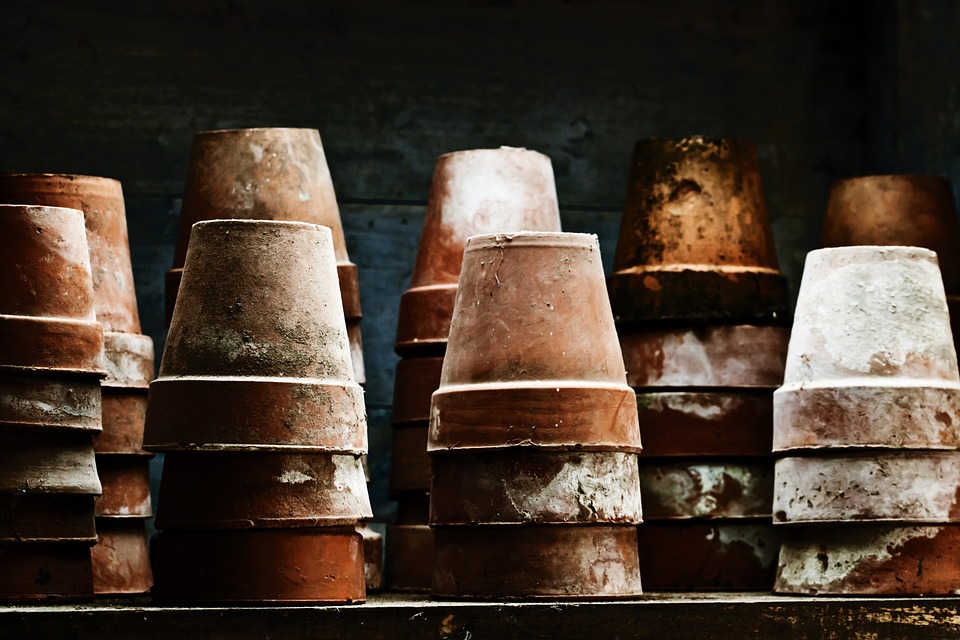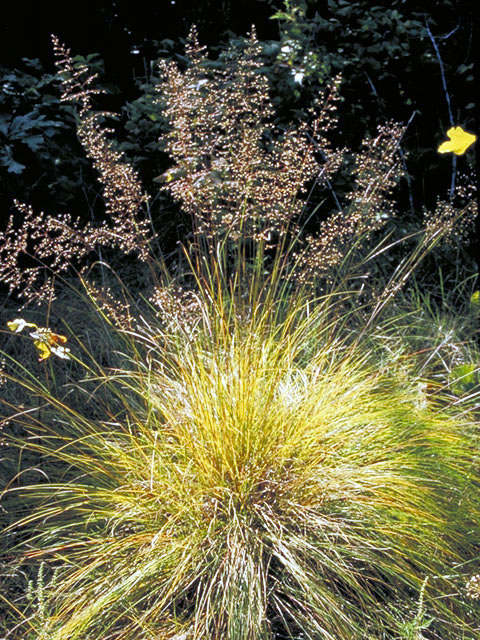
As you tidy up over the winter season, here’s one task that you can do that you’ll appreciate next spring.
Why Use Clean Clay pots
Clay pots help keep the soil moist but not soggy, they insulate plant roots against overheating in the summer, and their warm reddish color combines attractively with many flower and foliage hues. Their porous nature lets them hold air and water to the benefit of the plants growing in them, but it also provides spaces where deposits of calcium, minerals, and salts from fertilizers can become trapped. As moisture in the terra-cotta evaporates, these residues are wicked to the surface of the pot, where they accumulate in whitish streaks and bands. Some gardeners appreciate—and even encourage—the resulting aged look this gives their pots, but it’s not for everyone or for every garden’s decor.
How to clean clay pots
To rid pots of crusty residues and clean them up for future occupants, we recommend a combination of scrubbing and soaking, followed by a disinfecting trip through the dishwasher (if they’re small enough). Alternatives include disinfecting with household vinegar or diluted bleach.
Click here for a step-by-step process.





About The Author: Szalich
Rosemarie holds a BSc in Agriculture and is a certified Organic Master Gardener with London Middlesex. She has gardened all her life and created a variety of landscapes and vegetable gardens in several provinces before settling in London Ontario. Currently, she is experimenting with growing vegetables in large raised planters.
More posts by Szalich